A Self-Guided City Tour Of Rio De Janeiro's Historic Centre
BRAZIL4 October 2022
A Self-Guided City Tour Of Rio De Janeiro’s Historic Centre

Think of a city tour of Rio de Janeiro and you’ll no doubt conjure up images of blissful sandy beaches, spectacular scenery and streets laden with samba-consumed revellers dressed in outlandish costumes.
And yes, they’re an important part of the Rio experience. Perhaps less appreciated are the sights and sounds of the historic centre. Including its dark past when, just two centuries ago, it was the docking point for over two million slaves shipped from Africa.
Nowadays Rio centro is the financial hub of the city. Where modern skyscrapers mix with colonial and Belle Époque-era buildings. And where the legacy of the FIFA World Cup and Olympics of 2014 and 2016 can be seen along the waterfront in the shape of paved boulevards and gentrified red-brick warehouses.
It’s a part of the city that’s best explored on foot. Our walking tour of downtown Rio de Janeiro will take you through the main sites to give you an insight into how the past shapes the present and the future. And we’ll suggest how you can keep your energy up with some typical carioca street food.
The tour begins at the ferry terminal on Praça XV de November, but you could obviously pick it up at any point along the way.
So, without further ado, let’s get to it!
View of Rio de Janeiro historico centro from the ferry crossing
Table of Contents
Click on the link to go straight there…
The Royal Portuguese Reading Room
Church & Convent of Saint Anthony
Municipal Theatre of Rio de Janeiro
Metropolitan Cathedral of Rio de Janeiro
Around Praca XV de Novembro
The ferry terminal, which carries passengers to and from Niteroi (Rio’s sister city across the bay) sits at the head of Praca XV de Novembro.
Around the square there are a number of colonial buildings worth taking a look at. Especially the Imperial Palace, a whitewashed building with balconies straight out of Lisbon. This is where the Portuguese royal family escaped to when Napoleon invaded their country in the early 19th Century. It’s free to enter (closed Mondays) and houses temporary art exhibitions, stalls and a restaurant.
To the left side of the terminal you can see Ilha Fiscal, a tiny island with a fairytale castle, resplendent in green. Famously, it’s where the last Emperor of Brazil (Dom Pedro II) attended his final ball before the royal family were expelled and the new republic formed. Normally there are boat trips available to it from the nearby Espaco Cultura da Marinha (an open-air museum covering the history of the Brazilian Navy). Although these trips weren’t operating in 2022.
Across the busy Rua Primeiro de Março is the city’s old cathedral, Nossa Senhora do Carmo. It remains the only cathedral in the Americas to have hosted royal celebrations such as weddings and christenings.
To the right of the square (opposite the Imperial Palace) the Arco do Teles is an 18th Century archway which, to be honest, isn’t much to look at. Walk through it, however, and you’ll be transported back in time via a narrow alleyway of once-proud colonial buildings.
Like many of Rio’s historic treasures, they’re in need of some TLC. But with their ornate balconies, it’s not hard to imagine how they might once have looked. The pedestrianised street is called Travessa do Comercio and some of the buildings now operate as restaurants, which spill out onto the pavement. As does the Rua do Ouvidor, which crosses the end of the street and is jam-packed with more restaurants that can get very lively in the evenings.
It’s also where “The Brazilian Bombshell”, Carmen Miranda lived during her childhood (at number 13).
Travessa do Comercio
Restaurants at one end of Rua do Ouvidor
Turning left into Rua do Ouvidor and then right into Primeiro de Marco, the neoclassical Banco de Brasil building indicates how this area was once considered to be Brazil’s version of Wall Street. It’s since been converted into a cultural centre (featuring art installations, cinema and theatre) and is now known as the Central Cultural do Banco do Brasil (or “CCBB”). Again, it’s free to go inside.
Behind the CCBB, there are two more cultural spaces worth a look. The Centro Cultural dos Correios is set inside an early-20th Century post office and features a beautiful old elevator. And Casa Franca-Brasil is another neoclassical building that used to serve as Rio’s customs house.
Continuing along Primeiro de Marco, beyond the imposing Candelaria Catholic church on the left, there’s a left turn onto Rua Dom Gerardo. From here you can access Sao Bento Monastery, a gorgeous 16th Century Benedictine monastery perched on a hill. If you ask them to switch on the lights for a few reals, you might even get a mini-tour. Better still, on Sunday mornings you’ll witness Gregorian chanting. It all starts around 10 am but you might want to get there early for a good view.
Continuing along Rua Dom Gerardo will take you to Praca Maua and the magnificent Museo de Art de Rio, with its “wave” rooftop and exhibits focused solely on the history and culture of Rio.
Traditional Portuguese balconies on Rua Primeiro de Marco
The Museum of Tomorrow
Beyond Praca Maua and the Olympic Boulevard, the Museum of Tomorrow (Museo do Amanhã) is housed inside a spectacular futuristic building, described by The Guardian as “a cross between a solar-powered dinosaur and a giant air-conditioning unit”. It’s certainly unique. Especially when viewed from the seaward side where its insect-like frame contrasts with the backdrop of modern Rio. Take a walk right around the paved perimeter to get a full perspective.
Inside, the focus is on the future of the planet. Open 10 till 5 (closed Mondays) there are five permanent interactive exhibitions. But the ground floor also features occasional visiting exhibitions. We were lucky enough to see the fabulous “Amazonia” exhibition, featuring the black and white photographs of the Amazon and its indigenous people by renowned Brazilian photographer, Sebastião Salgado.
Tickets for this and similar exhibitions can be bought online.
The futuristic Museum of Tomorrow

Interested in housesitting while you travel?
We were able to spend three months in Niteroi – across the bay from Rio de Janeiro – whilst housesitting and caring for four adorable dogs. If you’re interested in doing the same, you might want to consider joining Trusted Housesitters – the world’s largest housesitting platform. And you can do so with a special 25% discount off your first year’s subscription through our link below.
Mural Etnias
To the left of the museum, a wide tree-lined boulevard follows a tram line towards Mural Etnias, currently the world’s largest. Produced by the acclaimed urban artist Eduardo Kobra, the artwork was commissioned for the 2016 Rio Olympics and depicts human diversity.
The bright colours of 2016 have since faded and matured into pastel shades. But it remains a fantastic work of art so be prepared to take it slowly as you pass by
Little Africa & Pedra do Sal
From the boulevard, head through Av. Barão de Téfe towards Little Africa, an area with direct ties to Rio’s original slave trade. Indeed, Valongo Wharf (Cais do Valongo) is a recent excavation of what was once Rio’s most active slave market.
From there, it’s a five-minute walk to Pedra do Sal (“salt stone”), recognised as the birthplace of both samba and carnival. Its name comes from the large slab of rock that rises from the main square, which was used to dry salt before it was traded for slaves. The accompanying street art reflects its cultural heritage.
Its strong Afro-Brazilian culture spills out into the street on Monday and Friday evenings when impromptu samba parties spring up and the area is filled with stalls selling caipirinhas and street food. But, during the day, it’s a more chilled place. We enjoyed taking a stroll up the rock’s steps and past the colourful townhouses in the streets behind, before looping back down to the square.
From there, walk down to Largo de Sao Francisco da Prainha, a plaza flanked with colourful, if rickety Portuguese colonial buildings and a sprinkling of restaurants. A sculpture of Mercedes Baptiste, a Brazilian ballet dancer who was responsible for the creation of Afro-Brazilian ballet, stands proudly in the centre of the square.
A mural beside the steps at Pedra do Sal
This mural reflects on the area’s samba heritage
A mural opposite Largo de Sao Francisco
A side street in Little Africa
Largo de Sao Francisco
A townhouse balcony at Pedra do Sal
Confeitaria Colombo
Next, take a right on to Avenida Rio Branco, head past Candelaria church on your left and then take traffic-free Rua do Rosario or Rua do Ouvidor on the right into Rio Centro’s main shopping area. After the next left turn you’ll soon arrive at Confeitaria Colombo, an ornate cafe and tearoom dating back to the late-19th Century.
With huge mirrors and heavy rosewood furniture, it’s a period piece from the Belle Epoque (or the pre-First World War “Beautiful Age”). And, with its array of sweet and savoury treats, locals and tourists alike make a beeline for it. Which means, of course, it’s touristy and extremely busy. There’s even a photographer who’ll snap you on your way to your table.
In truth, we felt the coffee and cake was overpriced for what we got. But there’s no doubting its charm so it’s worth going even if you don’t actually stay for something to eat or drink.
View from our table inside Confeitaria Colombo
The Royal Portuguese Reading Room
From there, make your way back to Rua do Ouvidor and take a left, crossing Largo de Sao Francisco, until you arrive at The Royal Portuguese Reading Room (Real Gabinete Portugues de Leitura). It might not look much from the outside but – we kid you not – the interior is a place of wonder.
Like something straight out of Hogwart’s, there are rows of colourfully bound and impeccably stacked books framed by intricately carved wooden shelves and railings. No wonder it’s recognised as one of the most beautiful libraries in the world. And it’s free to get in.
Inside the Royal Portuguese Reading Room
Church & Convent of Saint Anthony
Retrace your steps back to Rua do Ouvidor and then take a right on to Rua Uruguiana, until you eventually arrive at Largo de Carioca.
The 17th Century Church and Convent of Saint Anthony sits on a small hillside in the shadow of 21st Century structures. The rubix-cube-like monstrosity that is the Petrobras building a particularly jarring example.
Together with the adjoining Church of Saint Francis (Museo Sacro Franciscano), their interiors are opulent examples of the Church’s wealth. So, if ornate carvings and masses of gold are your thing, you won’t be disappointed.
Municipal Theatre of Rio de Janeiro
Across the pedestrian bridge over Avenida Almirante Barroso, the Municipal Theatre of Rio de Janeiro (Theatro Municipal) is another stunning building. Modelled on the opera house in Paris, it’s recently been restored to its former glory.
You can take an English-speaking guided tour inside (Tuesday to Friday @ 12:00, 14:40, 16:00). Or, if you’re lucky, you could buy tickets for a performance if there’s one in town. We saw Don Giovanni for the ridiculously low price of 60 reals (£10 / $12).
The Municipal Theatre lit up at night
The grand staircase
Metropolitan Cathedral of Rio de Janeiro
In contrast, another example of Rio’s modern creations can be found along Avenida Republica do Chile. Like an upturned shuttlecock, the Metropolitan Cathedral of Rio de Janeiro is no looker. But, once inside, even this cynic couldn’t help but be impressed by the huge stained glass windows.
Although not much else, to be honest.
Stained glass window inside the cathedral
Lapa & the Carioca Aqueduct
From the cathedral’s Largo da Lapa exit, a short walk will take you to the 36 whitewashed arches of the Carioca Aqueduct (aka the Lapa Arches). Built in the 18th Century to carry water down from the Santa Teresa forest, it was converted at the turn of the 20th Century into a viaduct. And ever since then, trams have crossed the arches back and forth every day between the Lapa district and the hillside barrio of Santa Teresa.
But, striking though the arches are, it’s not an area you’re likely to want to hang around in for long. It’s pretty rundown and there’s often a noticeable police presence.
The same might be said for the Lapa area in general during the day when it’s pretty well deserted. And not particularly interesting.
Come nightfall, however, the area becomes alive with bars, restaurants and party-seekers. Especially at the weekends.
The Carioca Aqueduct (aka The Lapa Arches)
Selaron Steps
However, from Lapa you can easily access probably downtown Rio’s most touristy landmark. Created by adopted Chilean artist, Jorge Selarón, the Selaron Steps (Escaderia Selaron) is a staircase covered with more than 2000 colourful tiles.
Although this was no long-planned piece of art. In 1990, Selaron simply decided to begin “renovating” the dirty, disintegrating steps that ran in front of his house. His initial plan was to create a colour scheme of yellow, green and blue in honour of his adopted country’s flag. But, as word of his “project” spread, people from all over the world donated tiles of all colours, resulting in the multicoloured creation that exists today.
It’s quirky all right. And, unless you’re there early, you’ll be side-stepping hyper-enthusiastic Instagram types fighting for the right to pose on their perfect step. So good luck with that.
But, the opportunity to take a seat on one of Centro’s most iconic sights feels like a good place to end our walking city tour of Rio de Janeiro.
At the top of the Selaron Steps
A cat photo bombing on the steps
Other things to do in downtown Rio
If you’ve still got the legs for it, there are some interesting things to buy in Rio. Top of our list was a pair of Havaianas, the indispensable Rio footwear. In fact, the more outlandish the colour, the better. Although hardly suited to our walking tour, you’d blend in well with the locals if you wore them elsewhere. And, as lovers of bargains, we couldn’t resist the fact that they cost a fraction of what they’d be in the UK.
Although Rio centro is perfectly walkable, you can save some legwork by using the tram system, which runs from the ferry terminal through the main shopping area and across to Olympic Boulevard.
Or you could hop on a ferry to Niteroi and stand at one of the windows at the back of the boat. It’s cheap and gives you a whole new perspective of the city skyline from the bay.
However, don’t pass up on the opportunity to try some of the street food. Or at least the snacks you’ll find displayed in cafes and bakeries.
For instance, you’ll find coxhinas everywhere. They’re shredded chicken encased in a teardrop shaped dough and deep fried. Surprisingly tasty and very filling.
Beiju de tapioca is a crepe made from tapioca flour and served folded with a variety of fillings. You’ll find mobile stalls in Rio that serve nothing else.
And Brigadeiros are classic Brazilian fudge balls made with chocolate and condensed milk.
But our vote for the top three goes like this:
3) Pao de Qeijo – a tiny cheese and bread roll served straight from a mobile oven. The ones we had from a vendor on Praca XV de Novembro were a melt-in-your-mouth delight.
2) Bolinho de Feijoada – if Brazil’s national dish, the mighty feijoada feels like a step too far (pig’s ears anyone?), then the deep-fried meatball version might be a better option. You’ve still got the richness of the meat and black bean stew. But without the little surprises. We loved ‘em.
1) Pastel de Queijo y Camarão – by some distance, our favourite breakfast-on-the-go. Another deep-fried creation but, hey, with all that walking to do it soon burns off. They’re rectangular and flat, thinly battered and filled with stringy cheese, prawns and spring onions. Topped off with a regular squirt of chilli sauce from the vendor stall and washed down with some freshly prepared coconut water, they were nothing short of a culinary revelation for us.
Simple pleasures!
Pao de Queijo
Bolinho de Feijoada
Pastel de Queijo y Camarao
For a seated lunch or an end-of-day treat, we can recommend returning to the outdoor tables and chairs of the Rua de Ouvidor. And specifically the wonderful Restaurant Parada Ouvidor. We tried a few of the restaurants along the street but this was by far the best for service and food. Not to mention the quality of the caipirinhas!
We returned not once, but twice for the short beef ribs, served with farofa (fried cassava flour), arroz verde (green rice) and French fries.
And those caipirinhas helped to dispel any concerns we had over leg tiredness after a long day walking Rio’s streets.
Beef short ribs
Farofa
… all washed down with a caipirinha
Final thoughts on our city tour of Rio de Janeiro
It’s just about physically possible to do this walk in a day if you’re not too interested in spending much time exploring each location. Which would be a shame. Otherwise, it might be better to split it over two days.
In which case, save the Museum of Tomorrow, Mural Etnias and Little Africa for the second day as technically, they’re just outside the Centro area itself.
Above all, make sure you find some time to include this itinerary in your schedule. It really is one of the best things to do in Rio. And do let us know if you find any hidden gems we haven’t included here.
Praça XV de Novembro
Imperial Palace
Ilha Fiscal
Espacio Cultura da Marinha
Nossa Senhora do Carmo
Arco do Teles
Central Cultural do Banco do Brasil (CCBB)
Centro Cultural do Correlos
Casa Franca-Brasil
Sao Bento Monastery
Museo de Art de Rio
Museum of Tomorrow (Museu de Amanha)
Mural Etnias
Valongo Wharf, Little Africa
Pedra do Sal
Largo de Sao Francisco da Prainha
Confeitaria Colombo
The Royal Portuguese Reading Room
Real Gabinete Português de Leitura
Church & Convent of St Anthony
Municipal Theatre of Rio de Janeiro
Metropolitan Cathedral of Rio de Janeiro
Carioca Aqueduct (Lapa Arches)
Selaron Steps
Restaurant Parada Ouvidor

Download our GPS-guided travel app to explore the places featured in this post.
FAQs
How do I get to Rio Centro?
The simplest way of getting to Centro from anywhere in Rio is to book an Uber.
However, if you’re coming from the main Copacabana or Ipanema tourist areas, it’s probably just as easy to use the metro system. To get to our starting point at Praca XV de Novembro, the nearest station is Carioca.
Where is the best time to visit Rio de Janeiro?
The main tourist season is December to March when Rio is packed with both domestic and international visitors. Temperatures can soar to 40 degrees C and humidity is high, so the challenge of walking the streets of the city centre shouldn’t be underestimated.
After Carnival (late February / early March) and Easter, the crowds and accommodation prices start to reduce. As do the temperatures. And the winter months from June to August can bring warm and sunny weather, mixed with the occasional chance of cloud and rain.
The spring months between September and November are generally hotter but remain relatively dry.
However, Rio’s position on this part of the Atlantic coast brings with it changeable weather conditions. As such, any cold fronts that move in during the winter and spring seasons have the potential to linger.
Is downtown Rio de Janeiro safe?
Despite Rio’s international reputation, it’s perfectly safe to walk in the areas we’ve covered as long as you practice sensible precautions and don’t invite unwanted attention. We’d suggest you keep your valuables out of sight, only pulling out your phone or camera when you need them. Dress down to blend in. And some basic Portuguese will help as we found that English is rarely spoken.
As it’s the commercial centre of the city, downtown becomes a ghost town on Sundays and is best avoided. It’s also not a good place to wander around at night either. During the day there are plenty of security officers stationed around the businesses and a police presence in some of the main tourist areas. But at night they’ve all gone and, apart from the bars and restaurants of Lapa and Rua de Ouvidor, there isn’t that much going on.
Any other questions?
If there’s anything you’d like to ask about this city tour of Rio de Janeiro that we haven’t covered here, there are a few ways to get in touch with us.
Firstly, you can simply ask your question in the Comments section below. You can also get in touch using our contact form. Or, if you’d like to join our community on Facebook, you can ask directly there.
Either way, we’ll do our best to get straight back to you.
What did you think? Do you have any recommendations on what else to do on our city tour of Rio de Janeiro? Or perhaps you’re going to visit the city in the near future? Either way, we’d love to hear from you so please add your comments below.
PLAN YOUR TRIP
The following contain affiliate links. If you decide to purchase anything after clicking on any of these links, we may receive a small commission at no extra cost to you. Indeed, as a result, you'll be helping to keep our website ad-free! Thanks for your support.
Book Your Flight
Our go-to website for flights is Skyscanner. We’ve probably booked probably 90% of our flights worldwide with them over the years and they’ve never let us down.
Book Your Accommodation
No longer merely a travel rating service, Trip Advisor is now a major resource for booking accommodation, too. And you can view some of the best deals in Niteroi here.
Get Insured
For travellers who are UK residents, we recommend True Traveller. Amongst other things, they offer both multi-trip and backpacker insurance. Indeed, they’re our go-to insurance provider.
For travellers who are non-UK residents, we recommend SafetyWing for both remote health insurance and nomad insurance.
Check your entry requirements
Check all entry requirements for Brazil and purchase any visas online with iVisa.
Book a tour in Rio de Janeiro
Book a guide, tour or other activity in Rio de Janeiro with Get Your Guide
Become a housesitter
Stay rent-free throughout the world by signing up with the world’s largest housesitting platform, Trusted Housesitters. And get 25% off your first year’s membership.
PIN IT, SHARE IT
MORE ON BRAZIL
THANKS FOR READING
Hi, we're Ian and Nicky, an English couple on a voyage of discovery around the world, and this blog is designed to reflect what we see, think and do. Actually, we'd like to think it also provides information, entertainment and inspiration for other “mature” travellers, too. So please feel free to pour yourself a glass of something suitably chilled and take a look around.

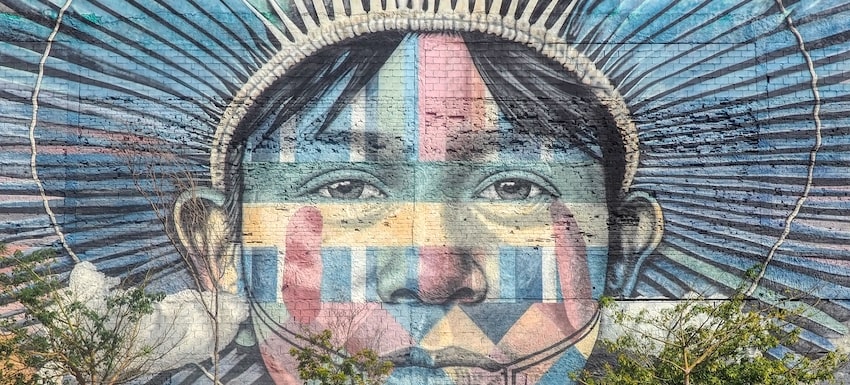
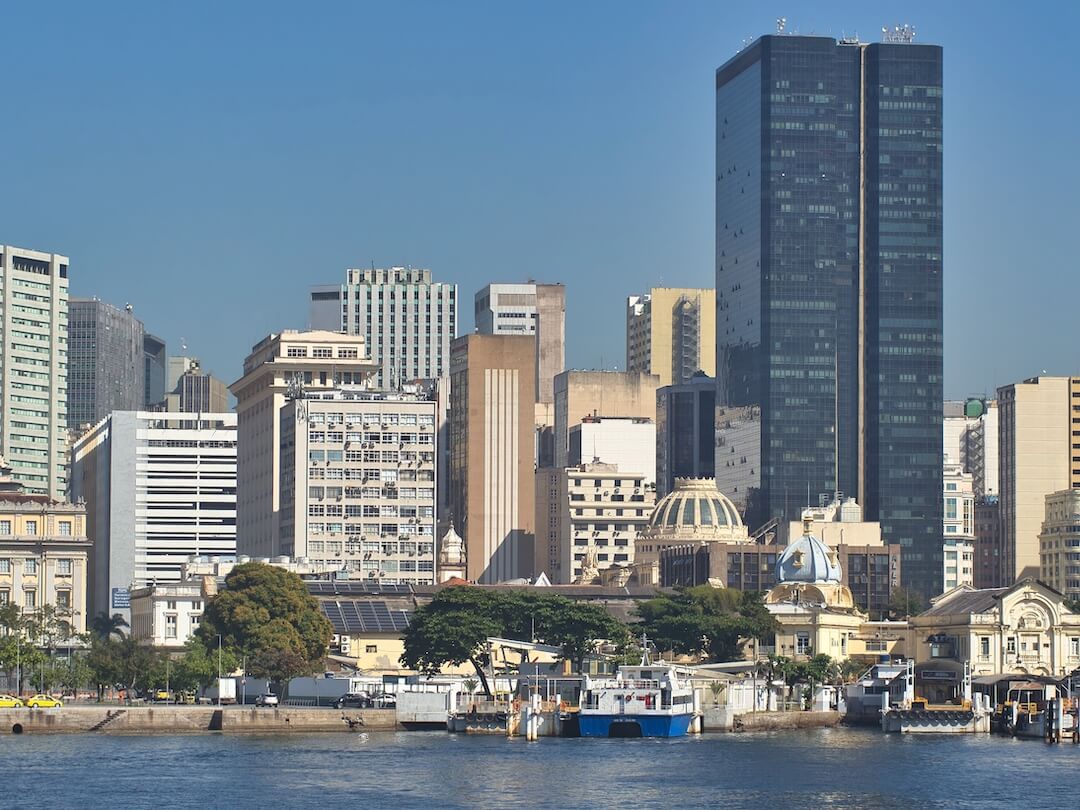
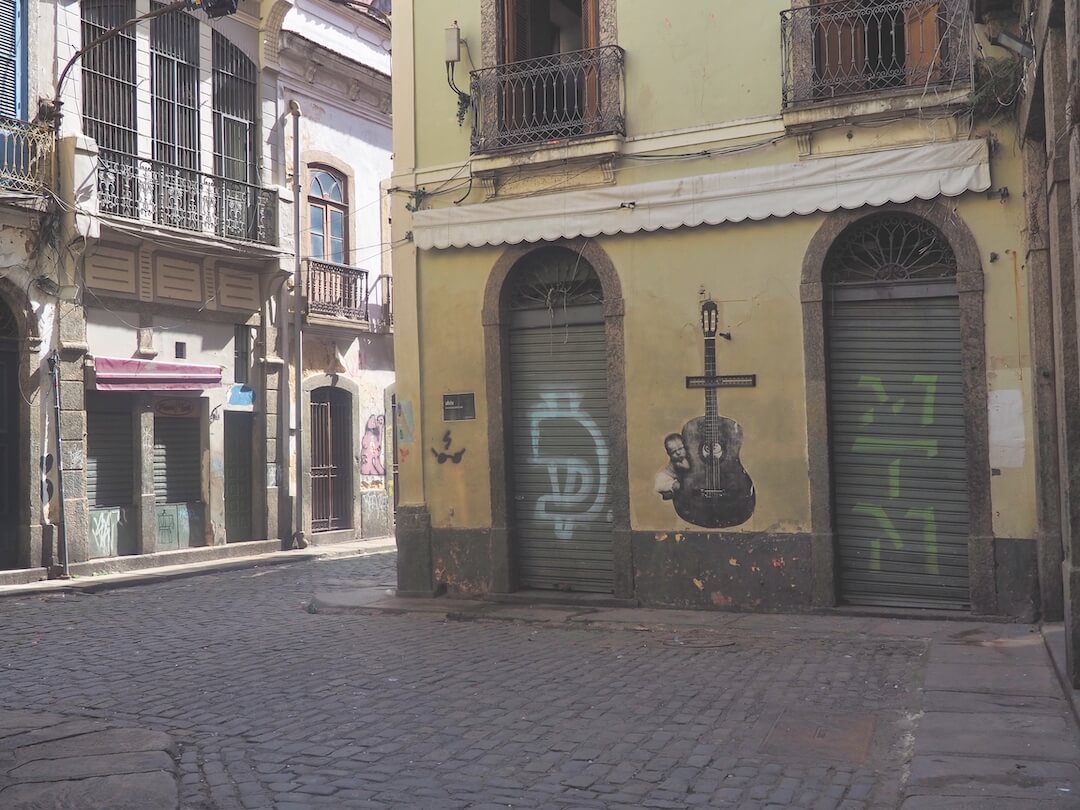
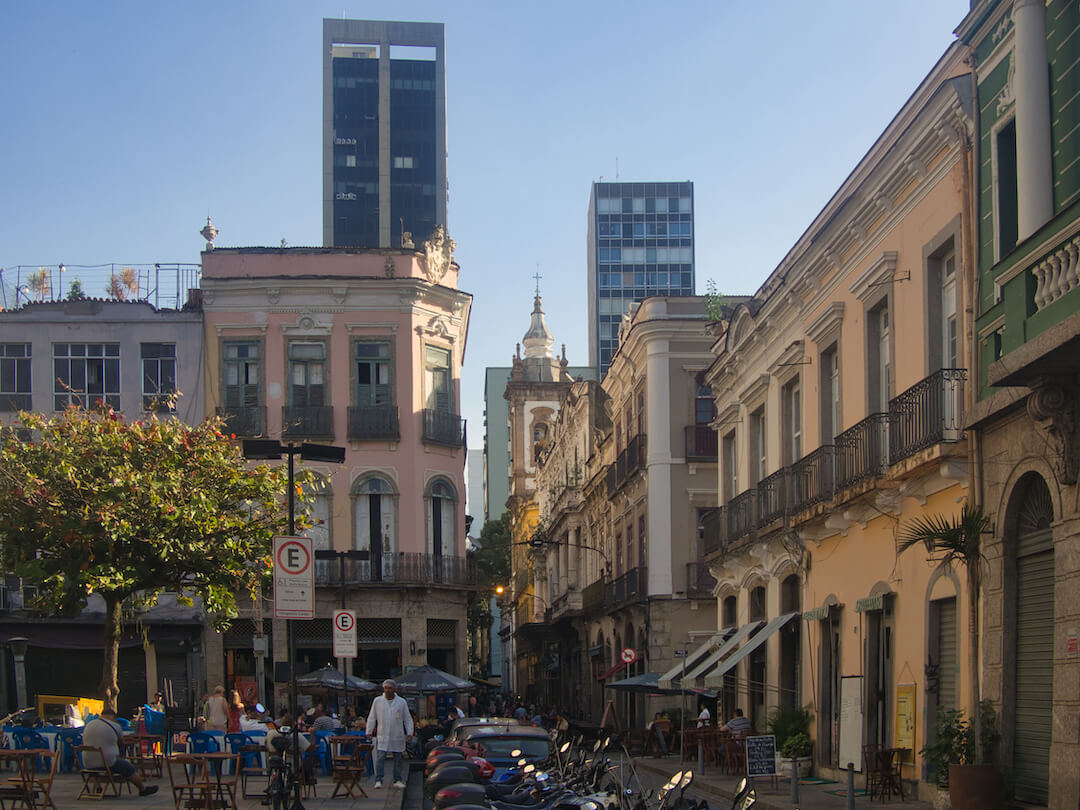

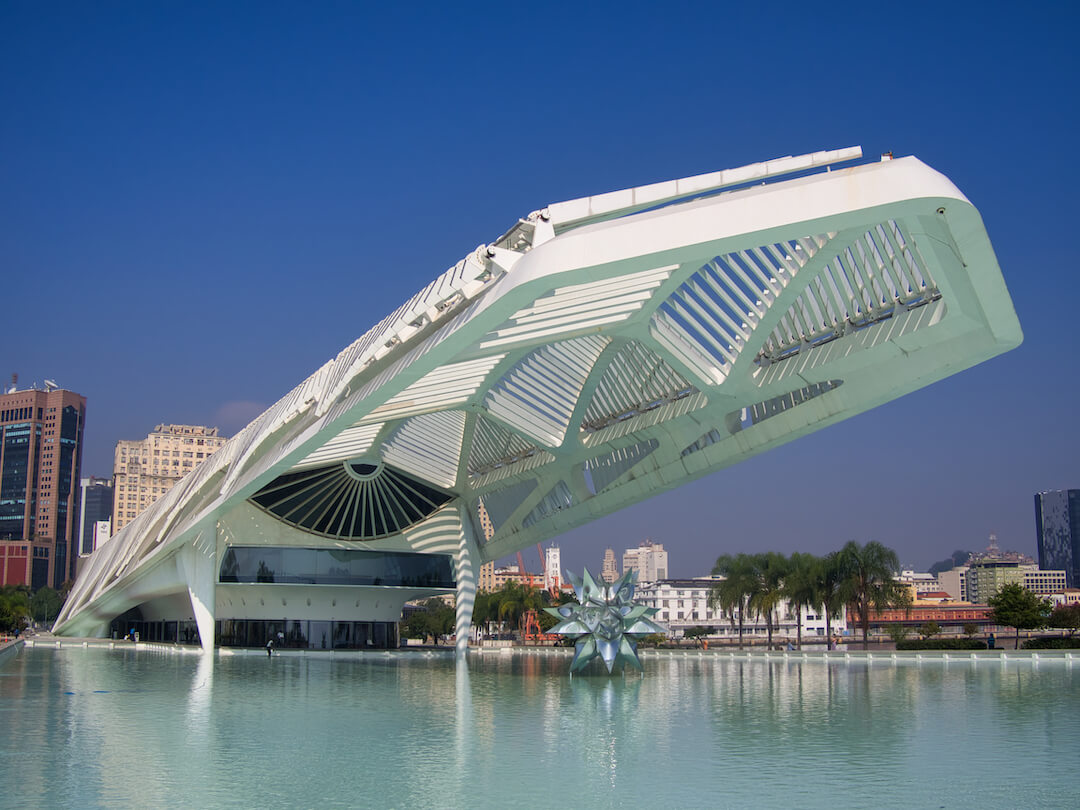
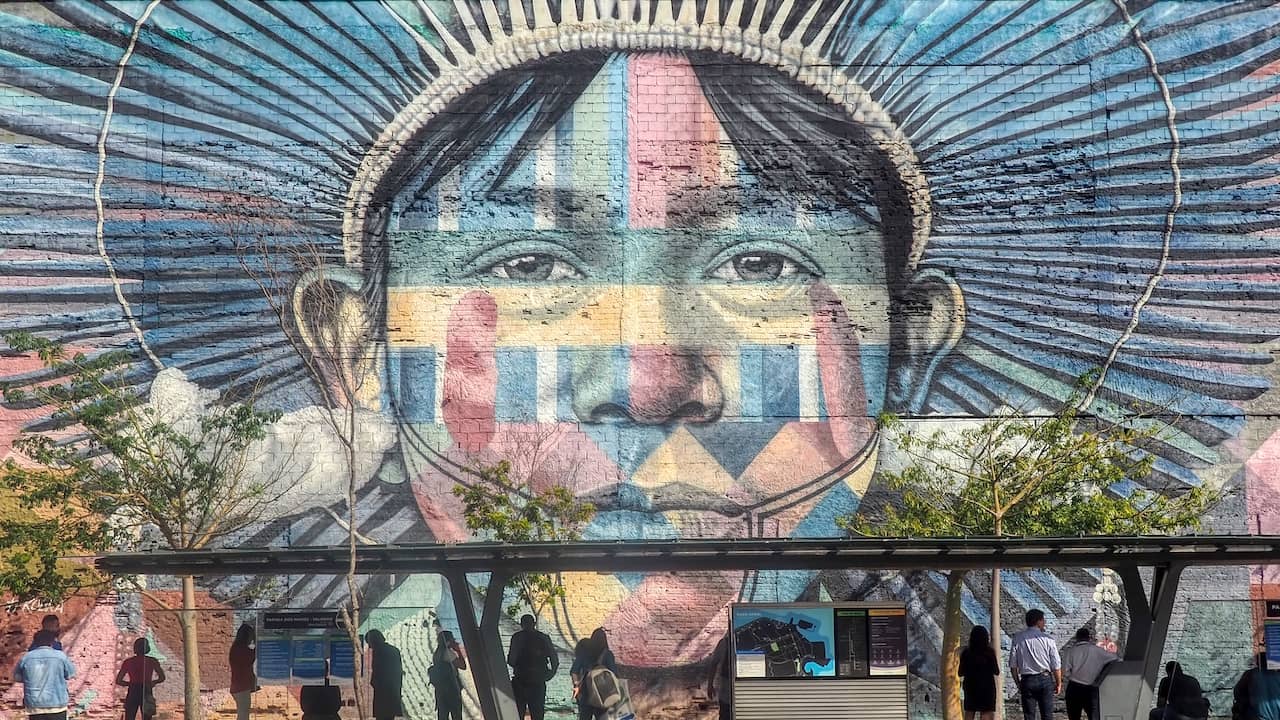

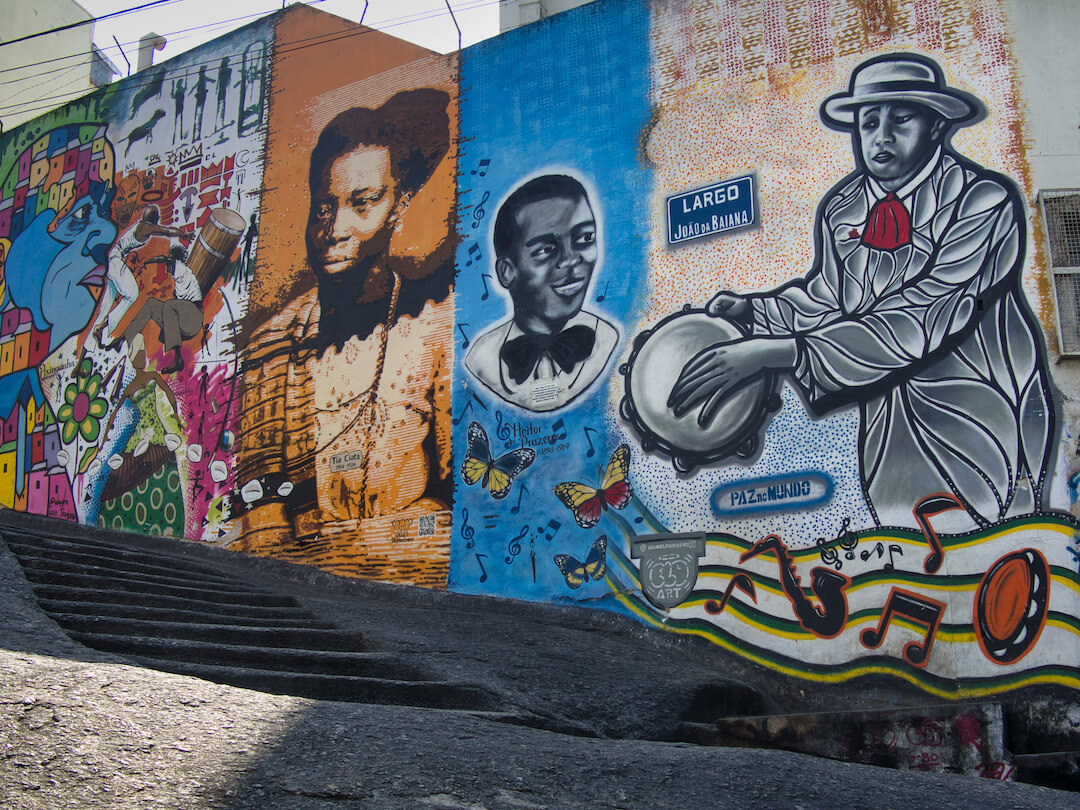
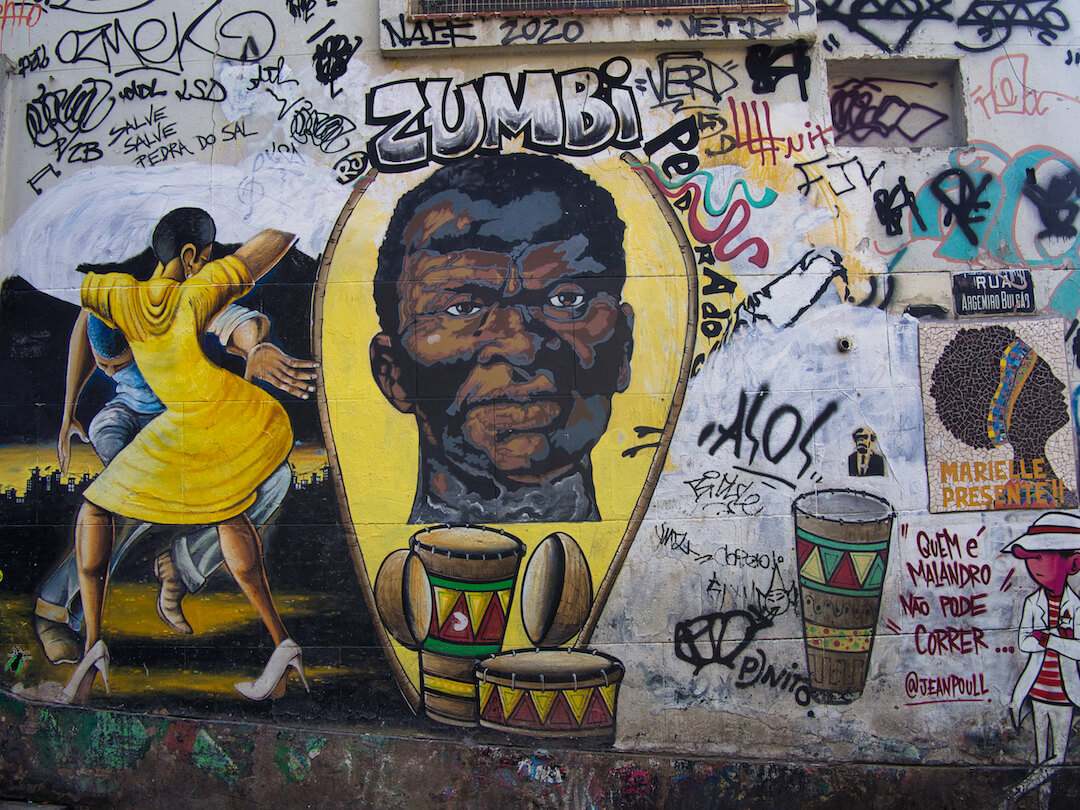
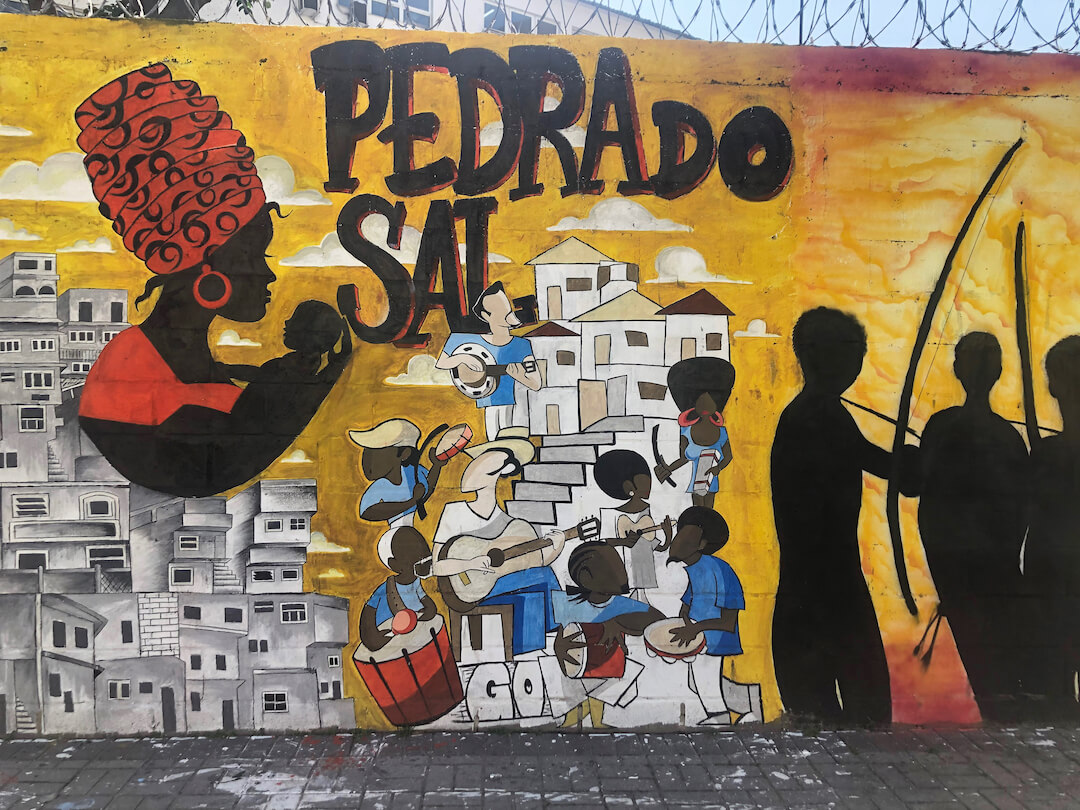
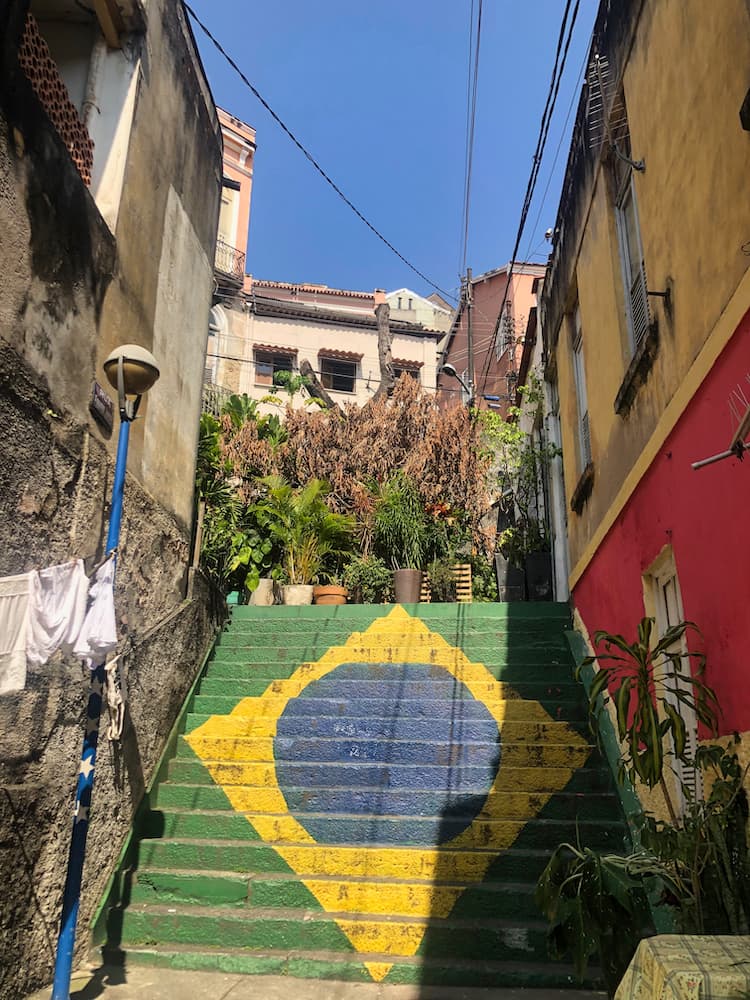
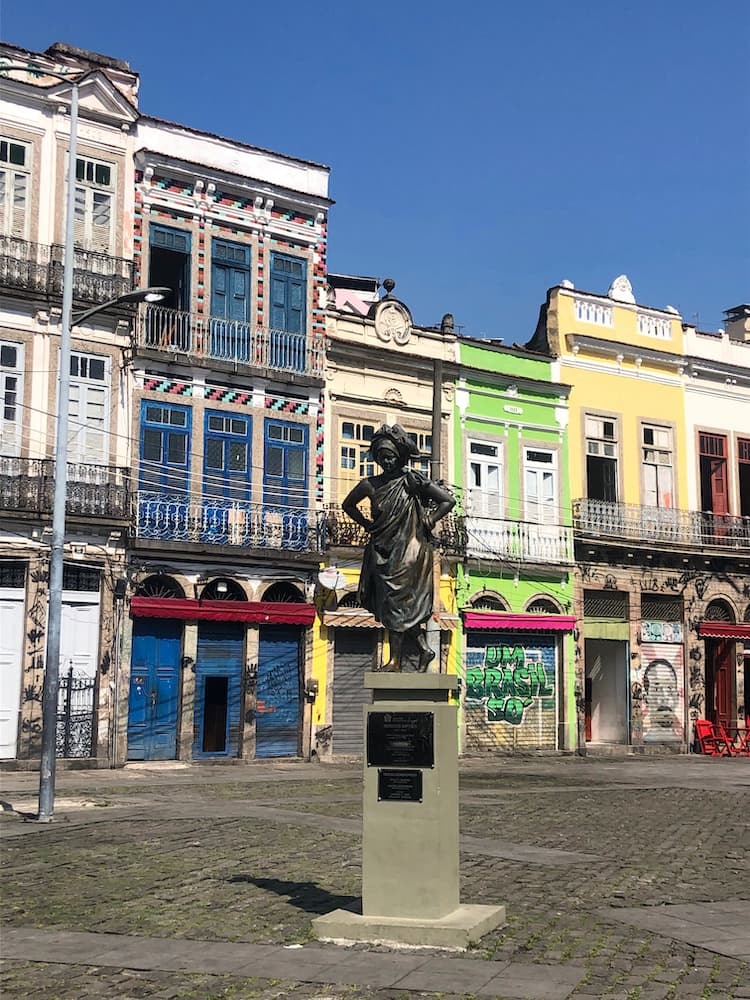
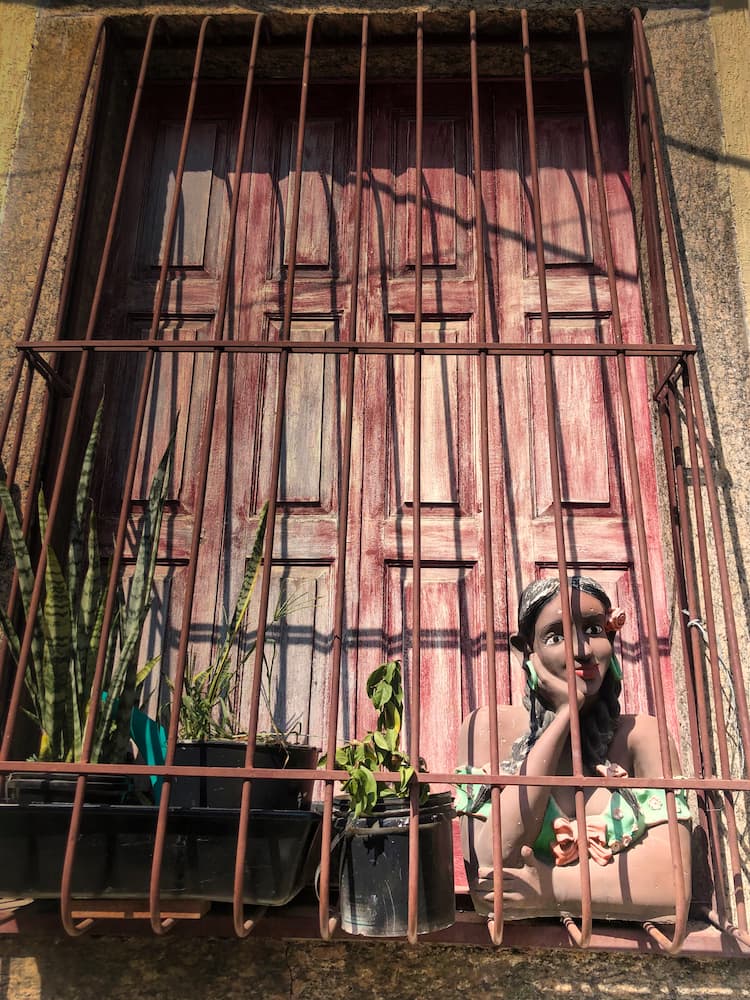
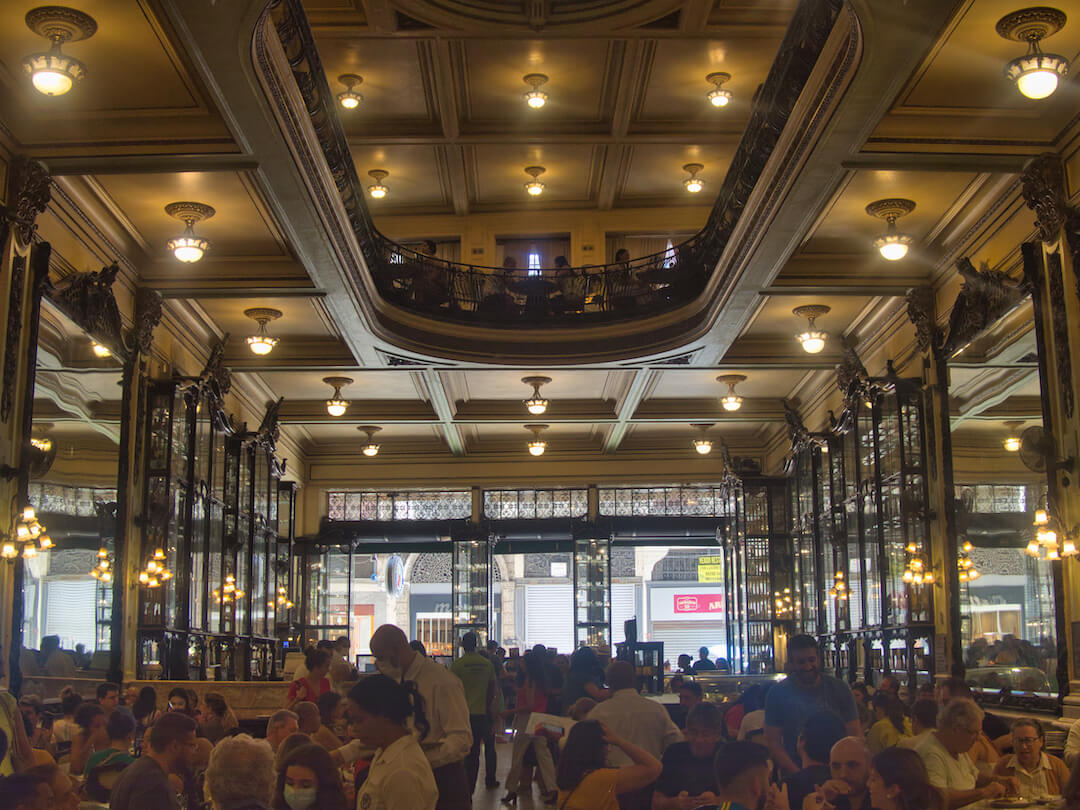

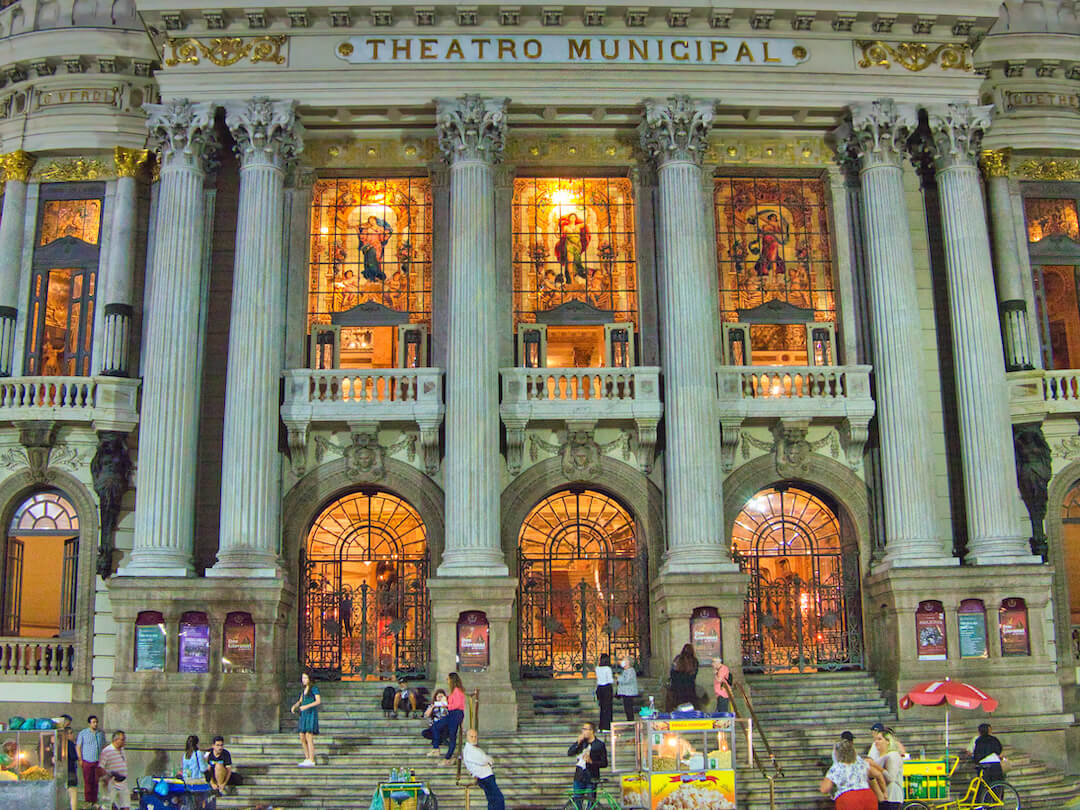
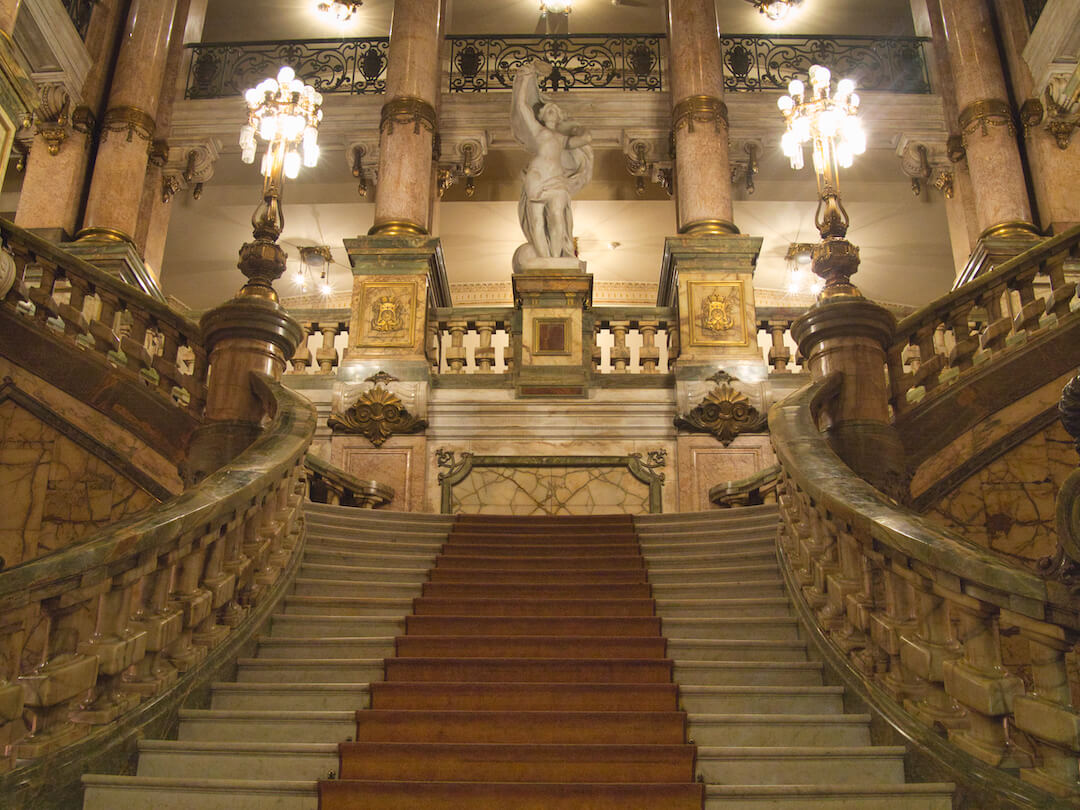
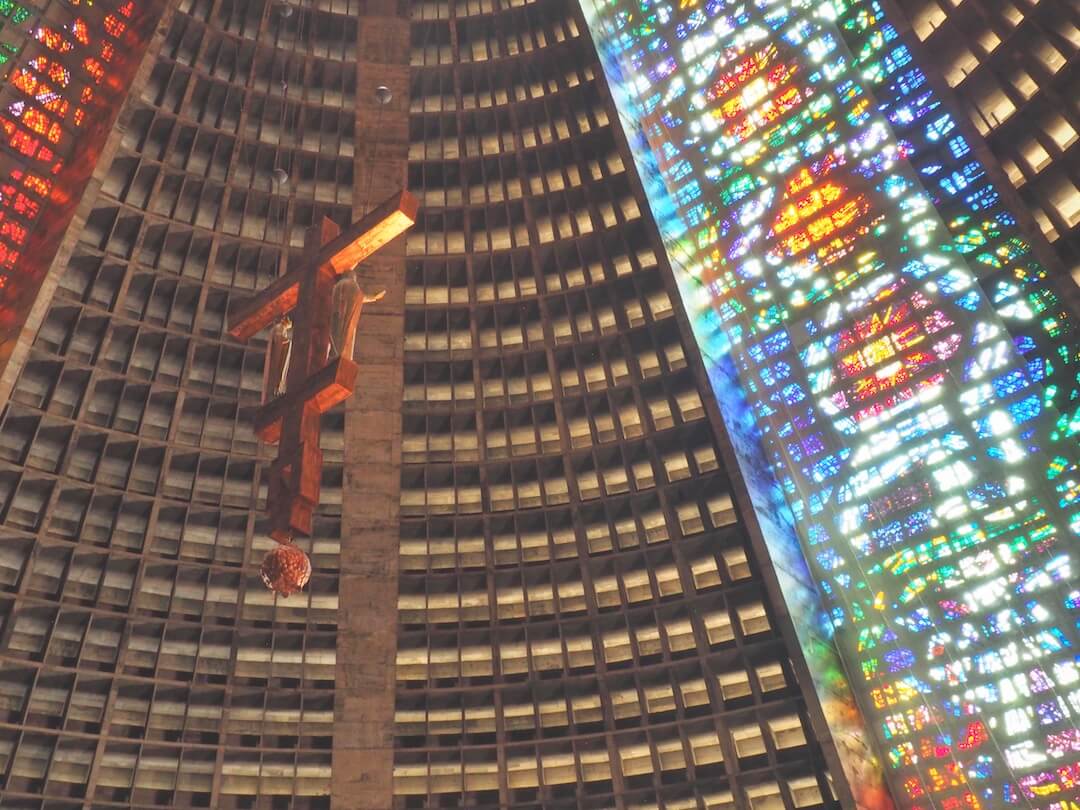
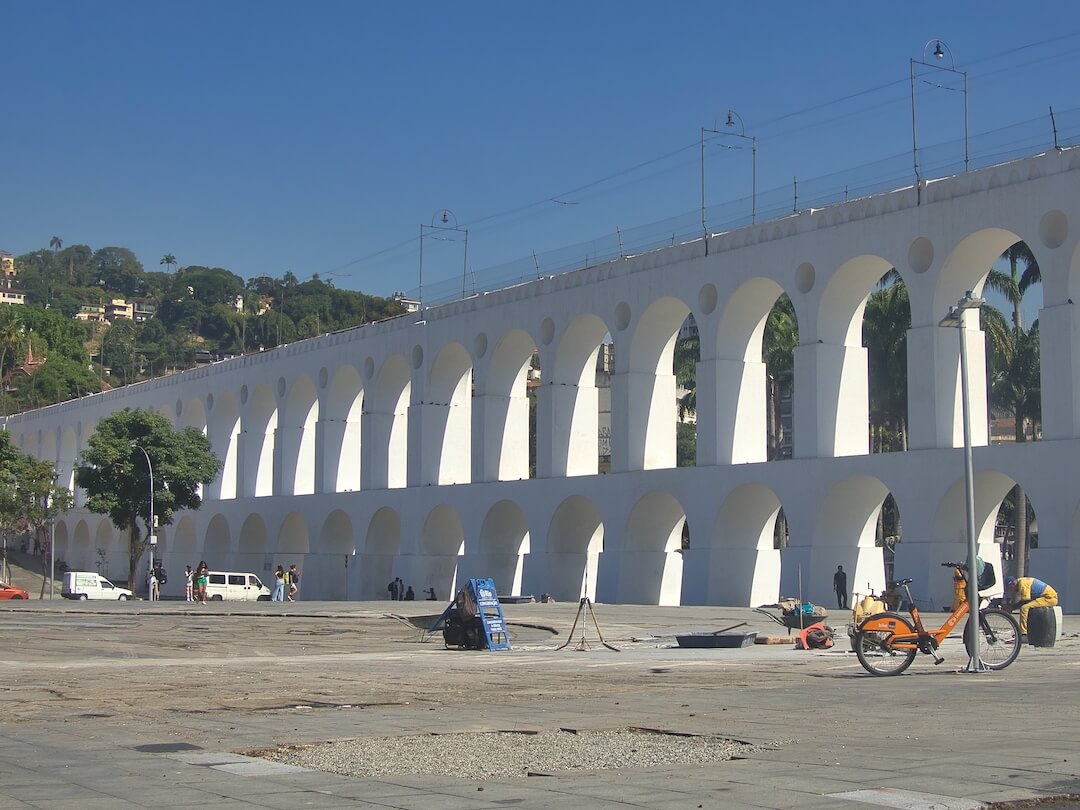
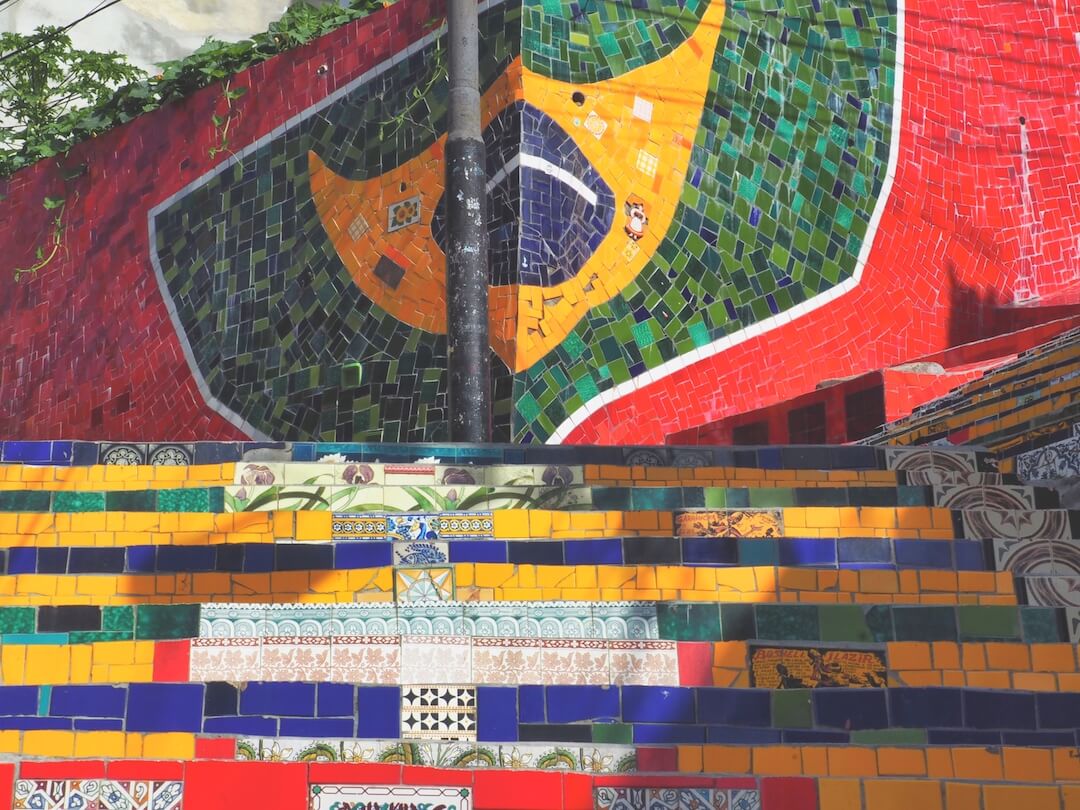
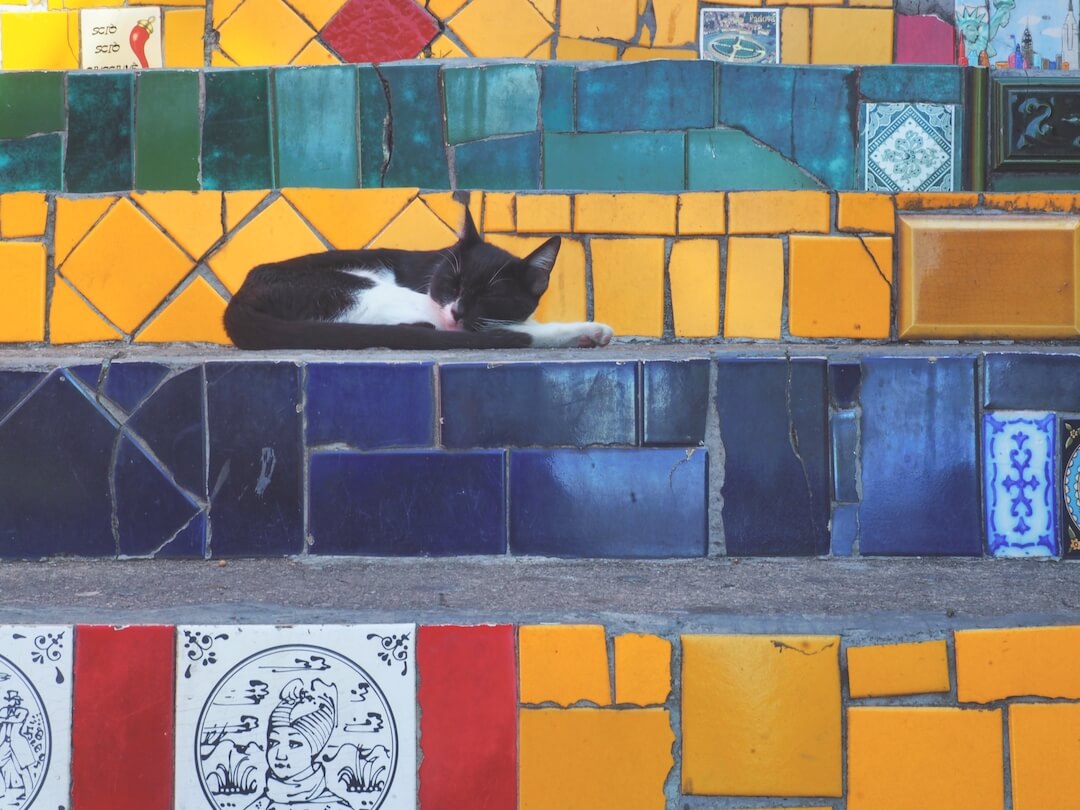
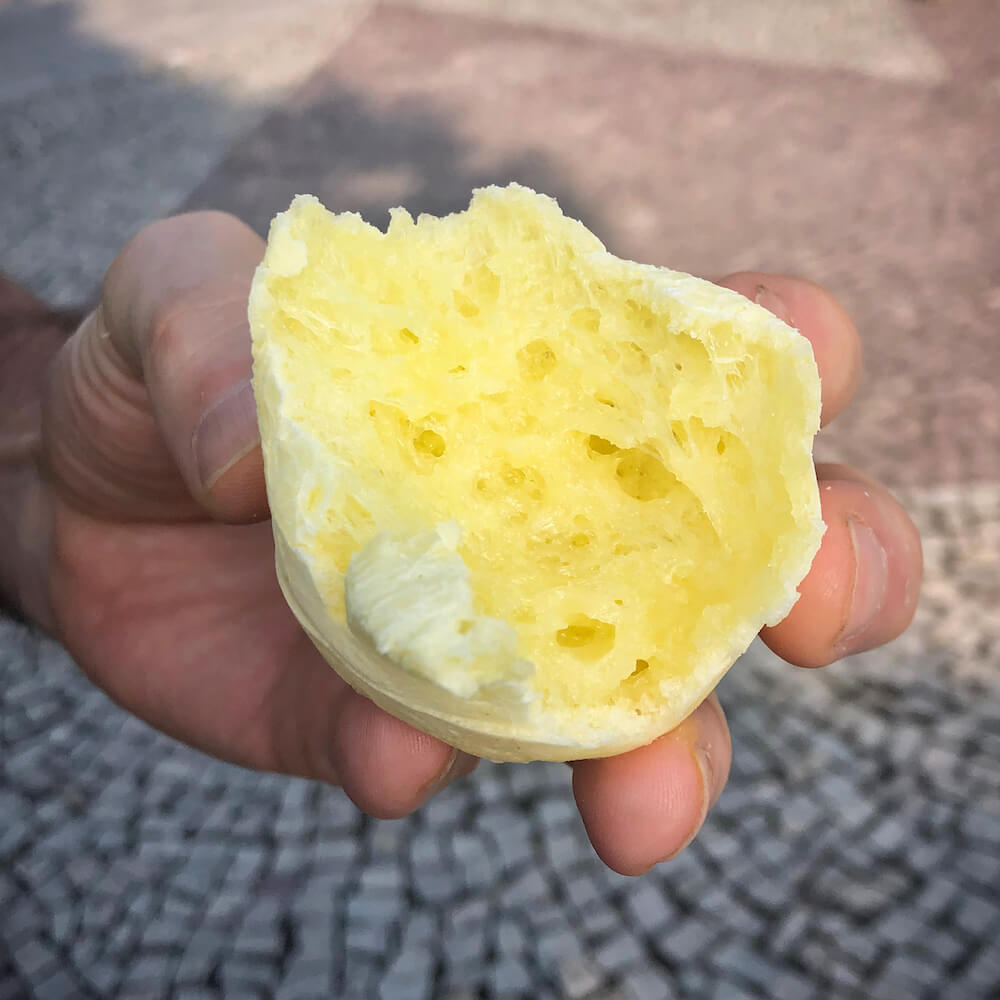
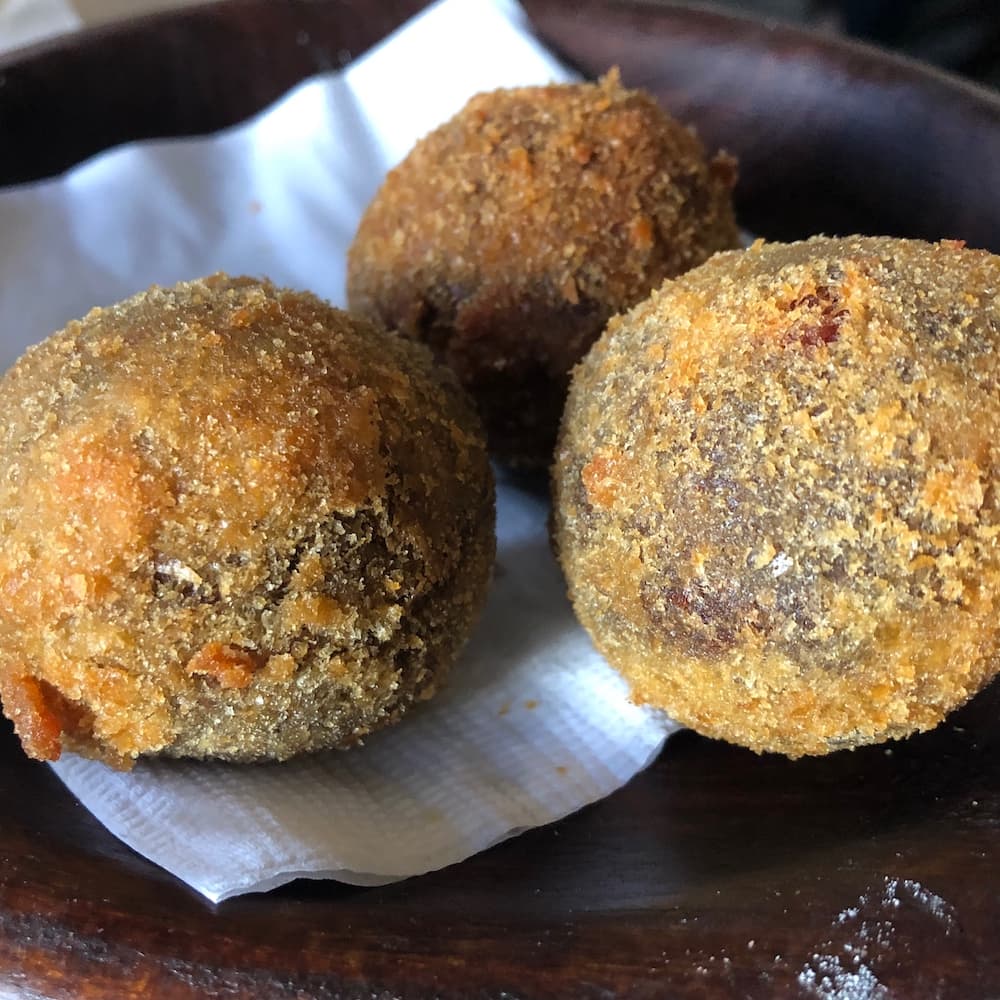

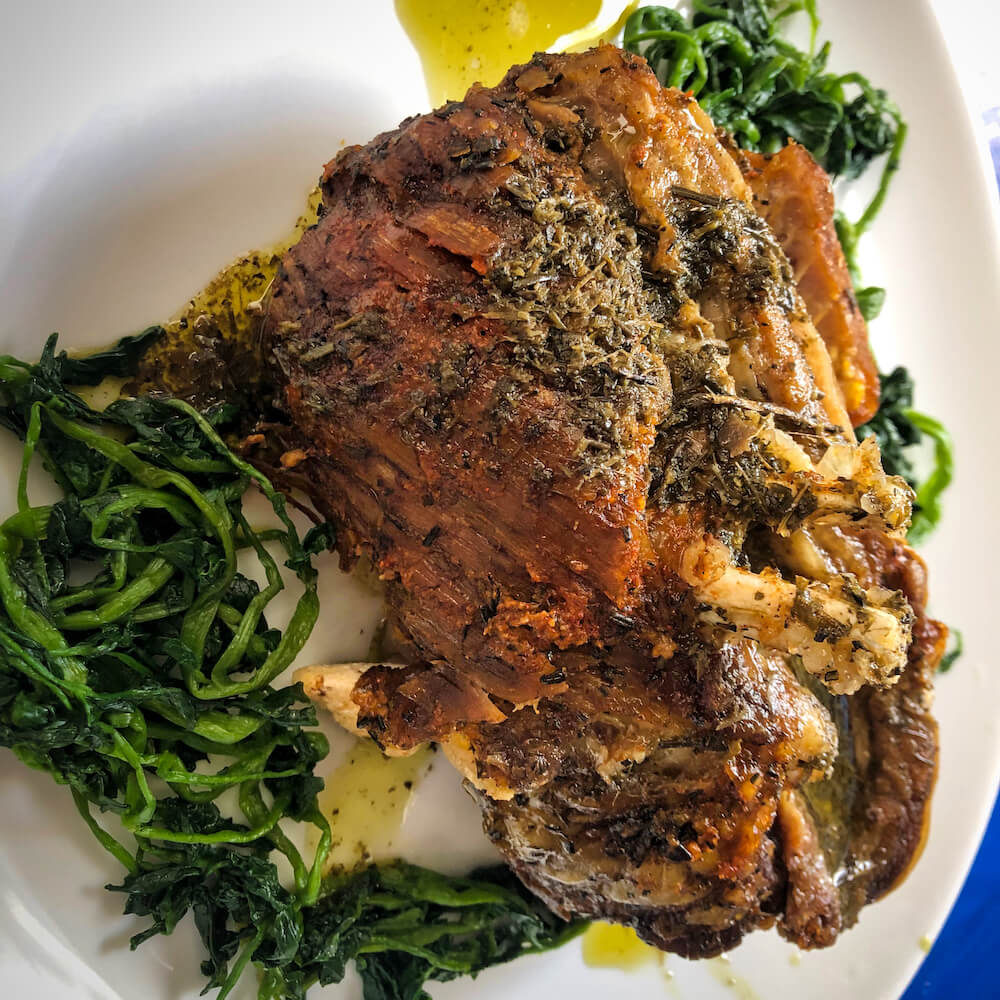

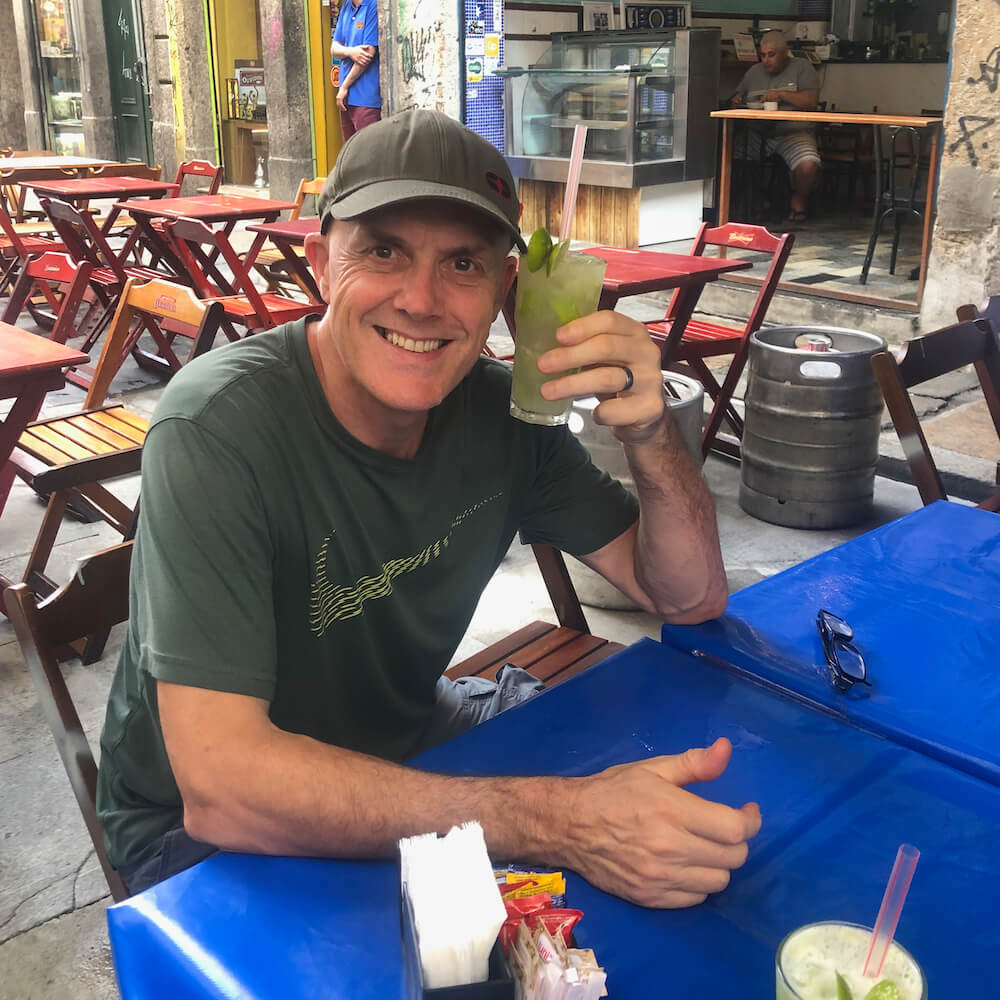


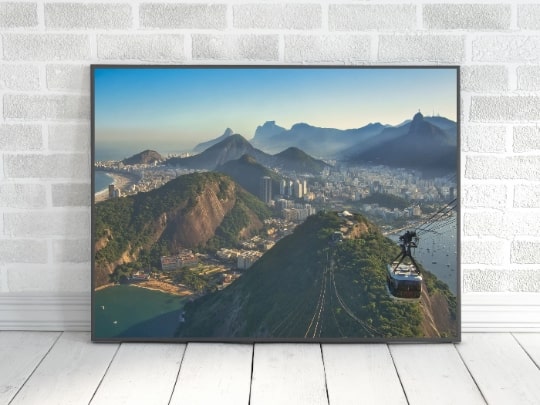

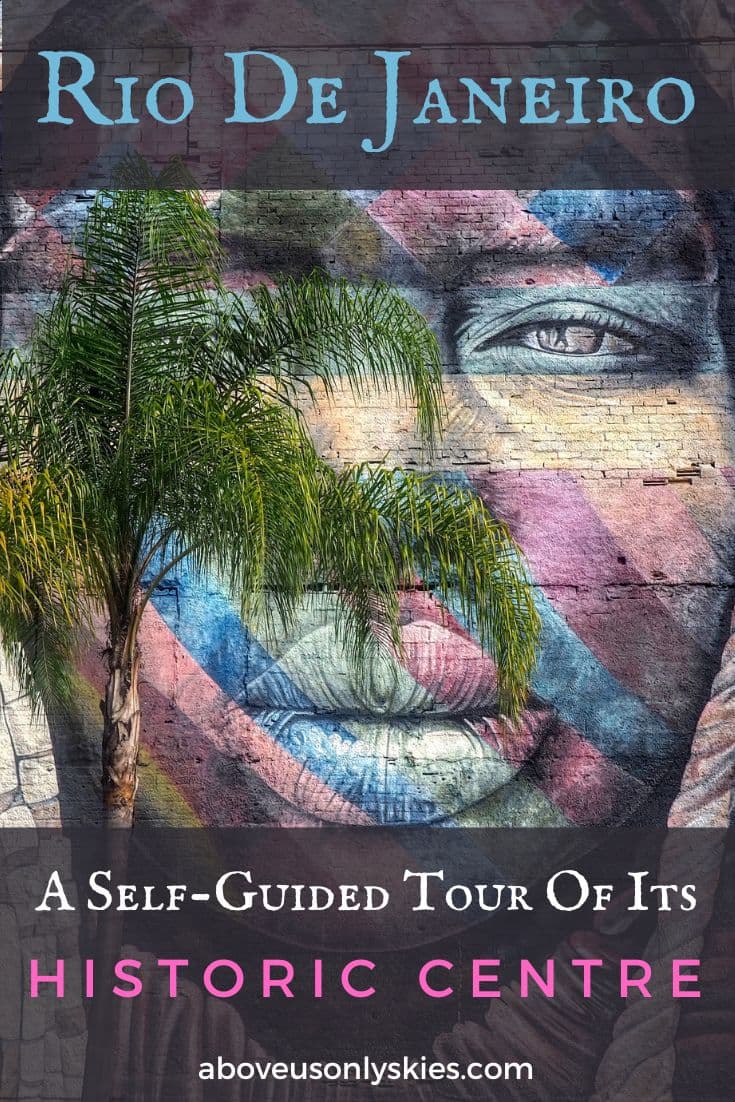
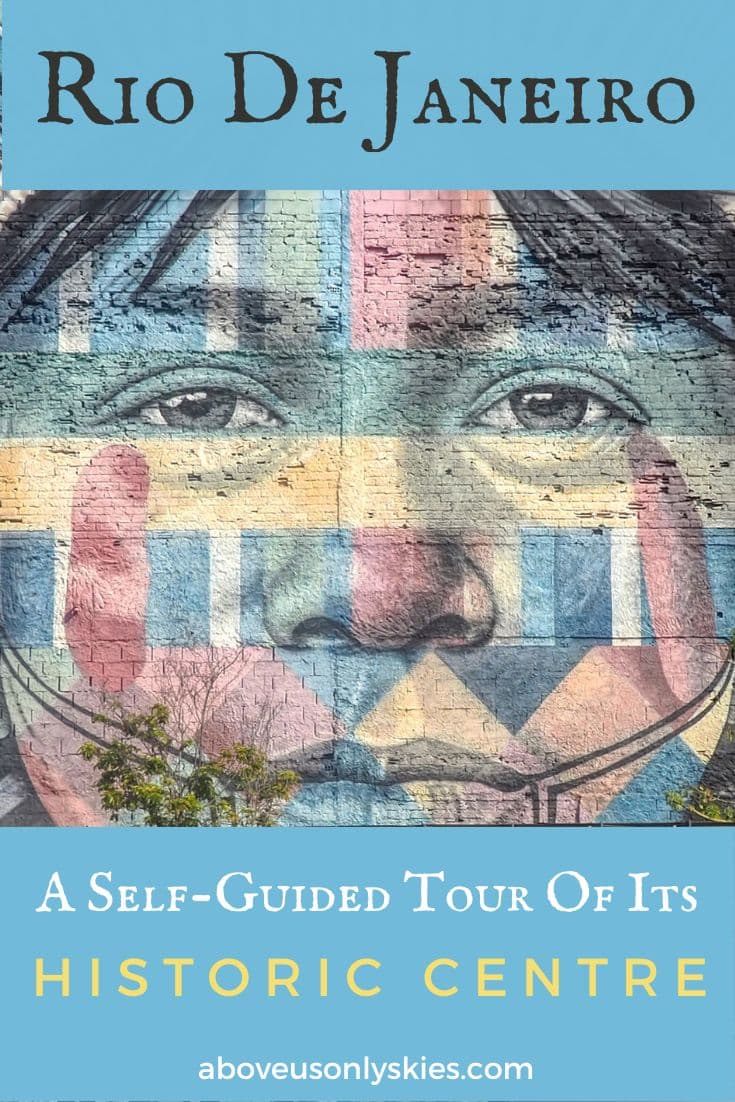
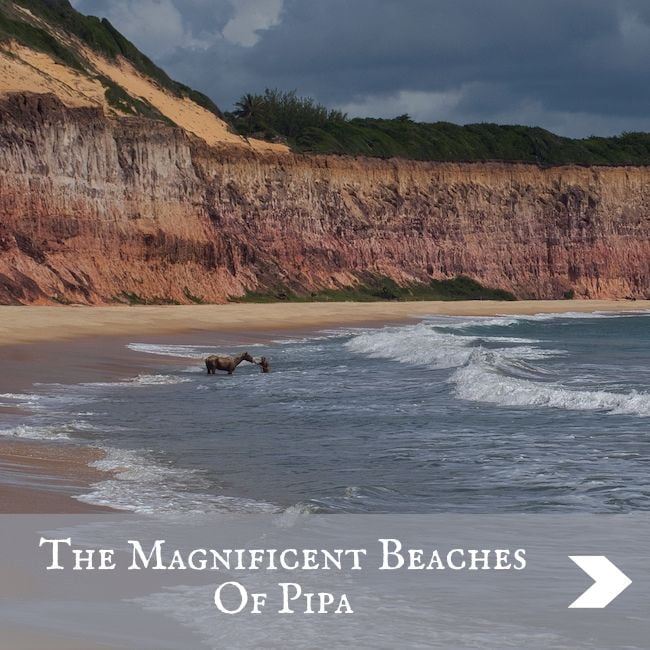
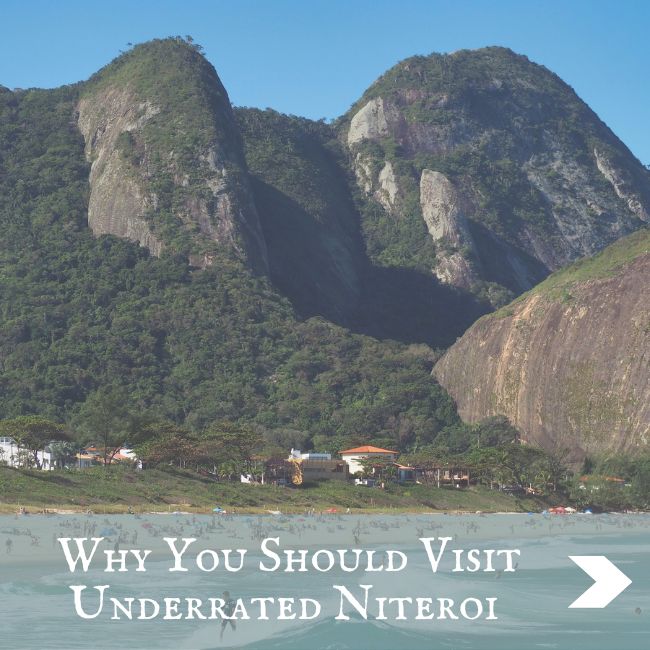

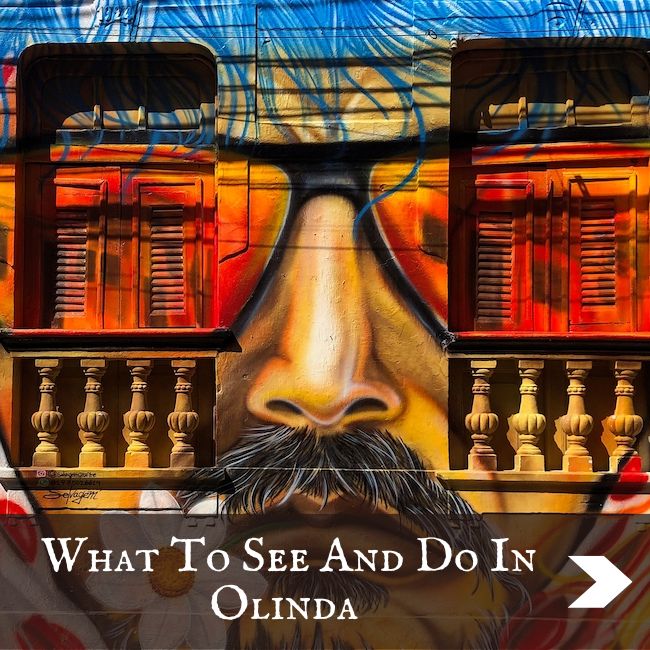

Fantastic guide! We have traced a lot of your steps over the past few days. Now we have a few more ideas for more!
– Susan